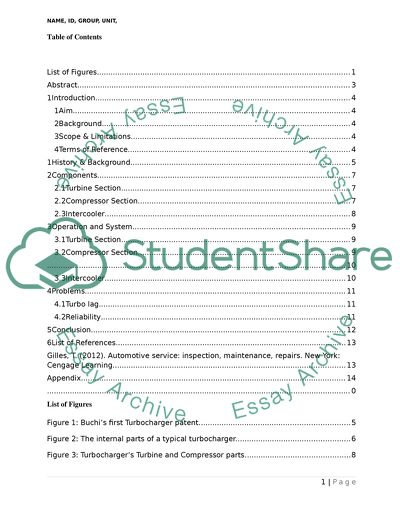Cite this document
(Turbochargers Research Paper Example | Topics and Well Written Essays - 1500 words, n.d.)
Turbochargers Research Paper Example | Topics and Well Written Essays - 1500 words. https://studentshare.org/technology/1842942-turbochargers
Turbochargers Research Paper Example | Topics and Well Written Essays - 1500 words. https://studentshare.org/technology/1842942-turbochargers
(Turbochargers Research Paper Example | Topics and Well Written Essays - 1500 Words)
Turbochargers Research Paper Example | Topics and Well Written Essays - 1500 Words. https://studentshare.org/technology/1842942-turbochargers.
Turbochargers Research Paper Example | Topics and Well Written Essays - 1500 Words. https://studentshare.org/technology/1842942-turbochargers.
“Turbochargers Research Paper Example | Topics and Well Written Essays - 1500 Words”. https://studentshare.org/technology/1842942-turbochargers.


